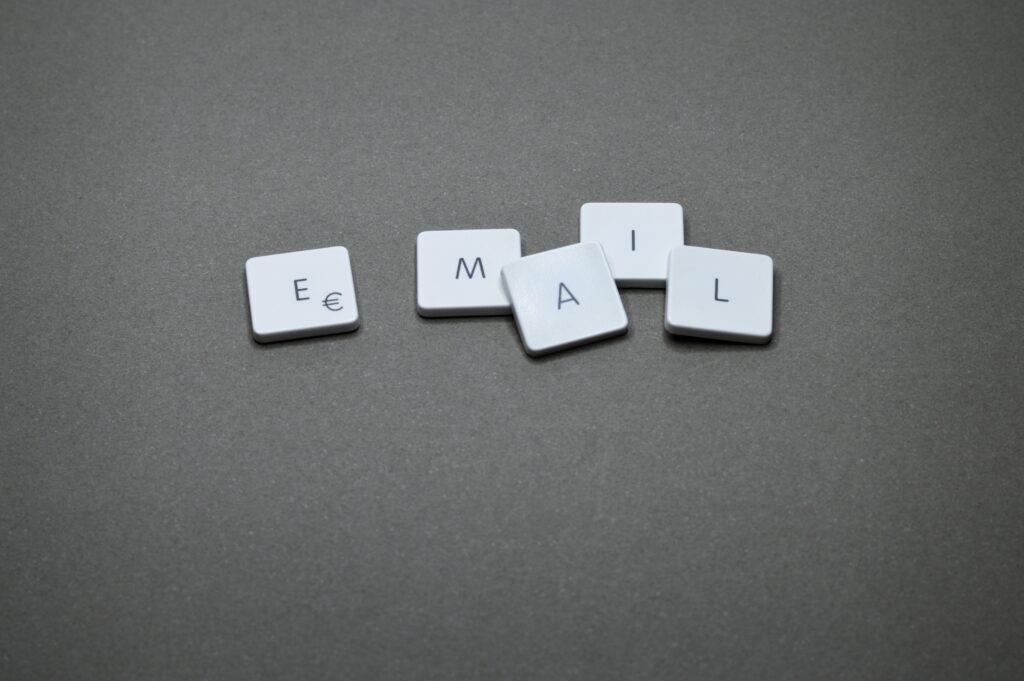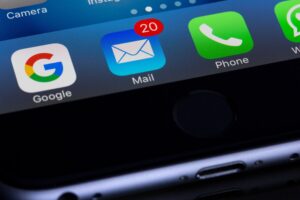
One of the best ways to start a relationship with a new newsletter subscriber is to send a welcome email immediately after sign-up. The purpose of this email is to encourage your new subscriber to open and read the newsletters you will be sending him.
But He Signed Up!
Doesn’t that mean he is interested in what I have to say? Well, maybe. Sometimes people sign up for a newsletter and then forget why or simply become disinterested. Or their email settings send the newsletter directly to spam and they never even see it.
It’s possible that a reader will decide after a few emails that you are sending too many messages, aren’t interesting, or didn’t meet his expectations and decide to unsubscribe or simply trash the messages. Even worse, he might take the lazy route and mark them as spam.
A welcome email, done right, can prevent this from happening. A famous marketing concept called AIDA states that there are four goals to marketing:
- Attention: capture the attention of your audience by any reasonable means
- Interest: keep people compelled to pay attention by holding their interest in your product or service.
- Desire: incite the desire to want your product or service.
- Action: get your audience to take action and buy.
Follow These Tips
Capture your reader’s interest, hold it, incite their desire to purchase, and push them to act – all via a welcome email:
- Send your welcome email right away (within a few minutes) of sign-up. You don’t want to wait till your reader has forgotten that he signed up and has transferred his interest to another website or product.
- Thank your new subscriber for joining the list and reiterate the benefits of his subscription. Let him know how often to expect a newsletter. Consider offering more than one option, so a potential customer who fears being overwhelmed by emails can still stay in touch with a less frequent newsletter.
- Tailor your welcome email to your brand’s message. Browsing through welcome emails from other brands can give you some ideas, but ultimately your newsletter should be unique to your business.
- Include links to your most interesting content in that first email. This will encourage loyalty, build anticipation and establish your authority in the niche.
- Did you promise new subscribers some sort of gift or reward for signing up? The welcome email is the place to make good on that promise. Include a link or directly embed the reward so that your readers learn to trust you.
- Ask your subscribers to add your email address to their email server’s whitelist, to prevent the newsletter from getting lost in spam folders. Adding specific instructions, or a link to a page with instructions will help less techy users.
- Don’t forget to include a link to unsubscribe and to your privacy policy – both things are required by law in all mass email correspondence.

Welcome Series
If you’re extra ambitious, you can send an entire welcome series, which provides useful (not marketing) information to your readers. The series will hold your readers’ interest and give them a reason to look forward to your emails. Once they are in the habit of opening and reading these emails, they will be more likely to read the promotional material you send.
After your welcome email has been sent out, consider sending additional transactional emails which encourage readers to take specific action. Automatic email responders can be used to reward your customers after they have taken action.
For instance, send out an automatic email after the customer’s first purchase to offer him a discount on his next buy. Or send out an email after a visitor has logged into the website to offer him free shipping on any purchase made within the next 24 hours.
